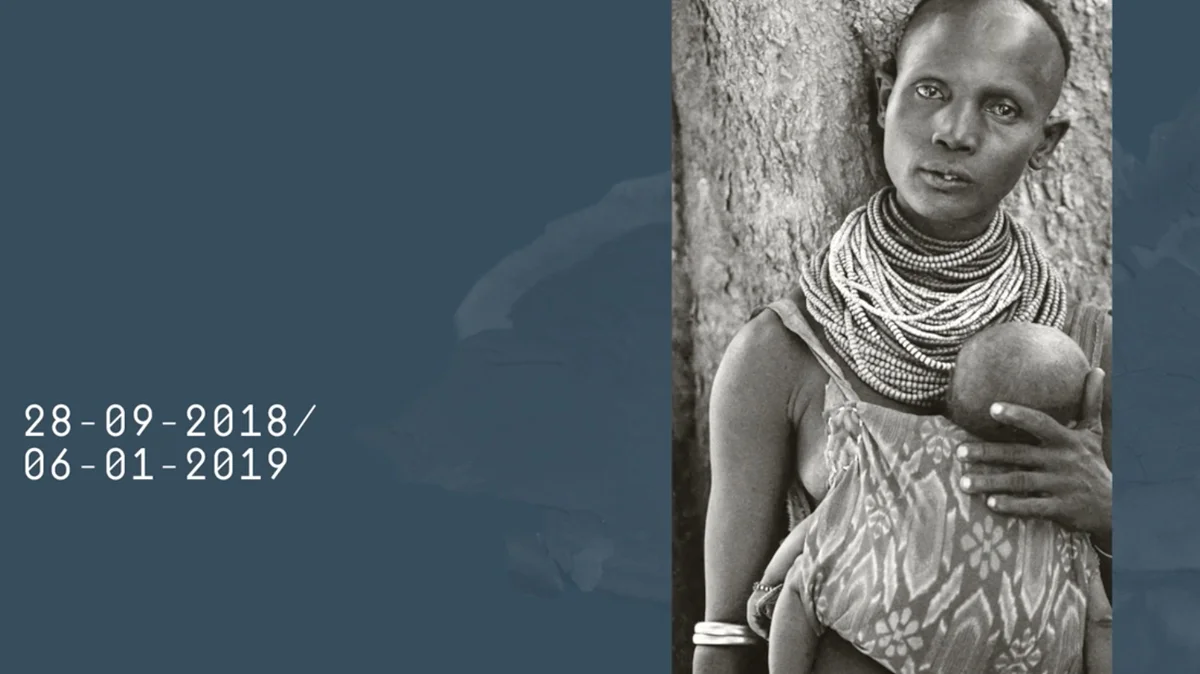If Only the River Remains to Speak | Museo delle Culture, Milan, Italy
October 1, 2018 - January 6, 2019
The exhibition challenged hydroelectric university students to consider the real-life challenges and damages caused by mega-dam construction and suggest alternative energy solutions.
The teachers of students with “learning differences” told the artist that the group was shy and probably wouldn’t ask many questions. But when Baldwin asked what the students thought about the exhibition, their hands immediately went up to ask questions. They questioned the fairness of what’s happening to the people of the Omo, and said that there is a need for more empathy in the world. One young man said of the multi-dimensional exhibition, “I was expecting something more normal.”
If Only the River Remains to Speak
Museo delle Culture (MUDEC), Milan, Italy
October 1, 2018 - January 6, 2019
Twenty of Jane Baldwin's black-and-white portraits of women from Ethiopia's Omo River watershed and Kenya's Lake Turkana, along with related stories and audio recordings, were presented in "If Only the River Remains to Speak." in collaboration with Leonardo Sangiorgi of Studio Azzurro and Survival International at the Museo delle Culture (MUDEC) in Milan, Italy. The immersive art environment formed a human connection, cultivating empathy for these women and their communities' struggles as their flood-recession agriculture and ability to plant their seasonal sorghum along the Omo River has been compromised. At the time of the exhibition, dam developments and the Kurtz irrigation project for sugar cane were starting the devastating damage to the Omo River's natural resources.
I have focused my attention on the crises facing the Indigenous peoples living in the Omo River Valley and Lake Turkana watershed. After 10 years of travel (2005-2014) listening and documenting the stories of these women, it is my hope that this immersive installation and our collaboration will inspire empathy, evoke our humanity and raise awareness—becoming a catalyst for change.
— Jane Baldwin | American photographer
We are our stories—stories that can be both a cage and an opportunity for freedom. Liberation, in fact, is always partly a process of storytelling, as breaking silence means carrying a legacy. Listening to the voices of the peoples of the Omo riverbanks will therefore lead the audience into a journey of discovery where they will be able to, by listening to their words and looking at their visages, absorb the reality of their fears and hopes.
— Leonardo Sangiorgi from Studio Azzurro, Milan, Italy
The Tribes of Ethiopia’s Omo valley, like Tribal peoples all around the world, are threatened by racism, land theft, forced development and genocidal violence. We hope that the stories told in If Only the River Remains to Speak inspire exhibition visitors to join the fight against one of the most urgent and horrific humanitarian crises of our time. Survival International has been fighting against the annihilation of tribal peoples since 1969. We need support to make sure they have a future— for Tribes, for nature, for all humanity.
— Francesca Casella, ED, Survival International, Milan, Italy
I believe that this installation is connecting cultures across miles of geography, and reminding us that we are all human.
— Jane Baldwin
The metaphorical sculpture of desiccated red clay symbolizes the crumbling and parched meandering Omo riverbed deprived of its annual flood cycle by controversial Dam developments.
A woman leaving the exhibition said, “The exhibition was a metaphysical experience.”
Video by Studio Azzurro.
The visionary installation design came to life in a space anchored by a 30-foot, sinuous red clay riverbed that seems to continue forever into the darkened room. Visitors approached the table-height river bed to touch its dry clay and then select a piece of cracked red clay to use as tokens to activate the audiovisual wall displays of the women and their stories.
Drawings and design by Leonardo Sangiorgi, Studio Azzurro. Photographs by Jane Baldwin.
Survival International sponsored group tours with hundreds of students, who engaged with the exhibit through conversation and reflection on the post-colonial world.






